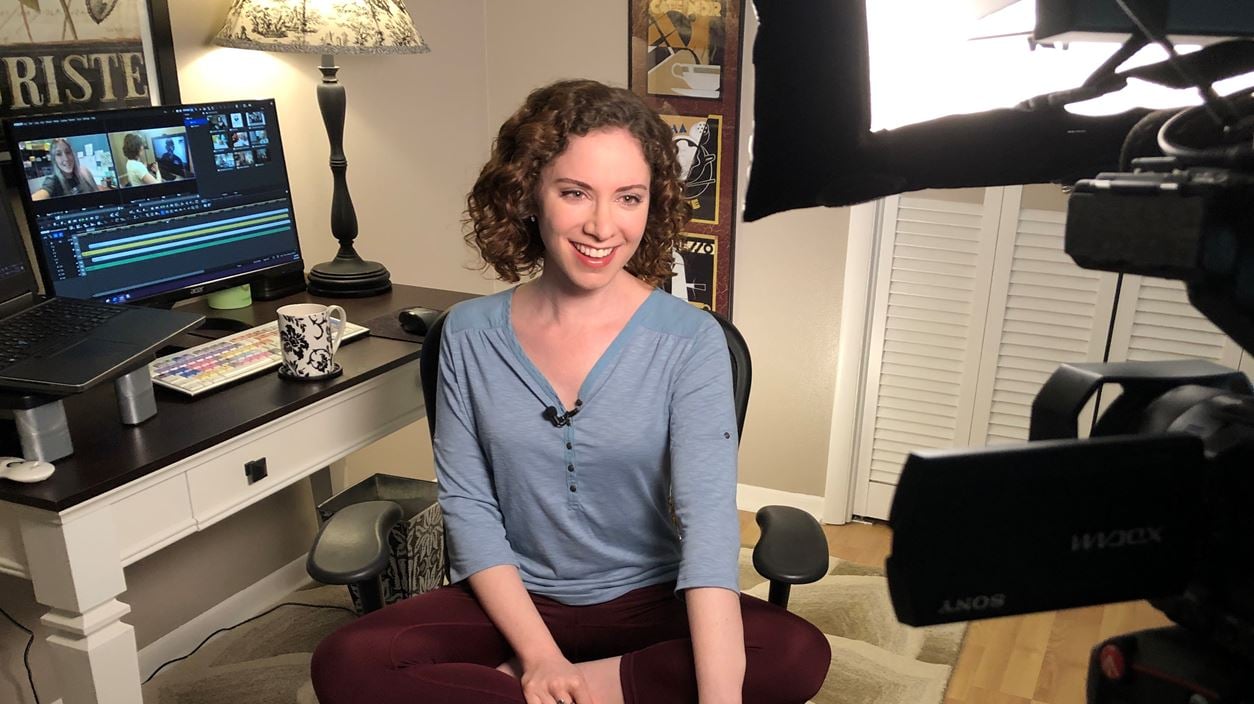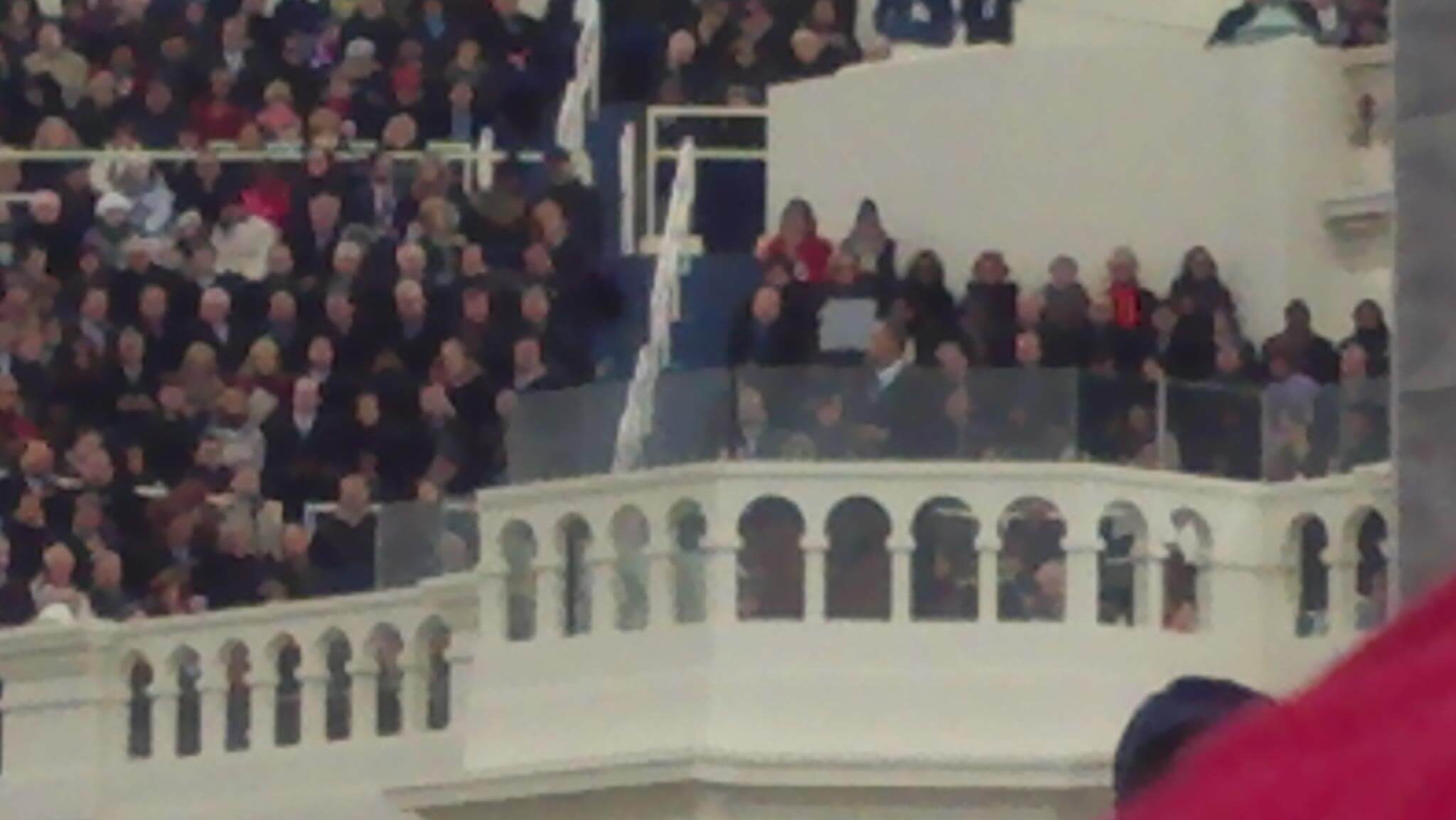This story is a part of our playbook for VidSpark, a Poynter initiative to bring local news to younger audiences. We worked with three local newsrooms over the course of 2020 to create social media video series aimed at GenZ viewers. Find our entire playbook here.
10 Tampa Bay wanted to reach younger viewers, and that required leaning into social media video.
“We have an audience on TV that is aging and they are aging out of news” said Stephen Adams, digital executive producer at 10 Tampa Bay. “We need to be focused on how we bring in the next generation of news consumers or else we simply aren’t going to have jobs.”
In this case study, we’ll look at how 10 Tampa Bay pushed outside of the typical broadcast style to reach a new audience on YouTube. We’ll cover how the newsroom spun up a new curated YouTube channel, worked with talent to adapt a fresh presentation style, and shifted its mindset in producing for the platform.
Watch: 10 Tampa Bay staff describe their process of creating for YouTube and TikTok
The starting point
10 Tampa Bay’s initial social-first video strategy was largely focused on Facebook, which was primarily reaching an older audience. It had a YouTube channel that featured clips from its broadcast. There were a few videos produced by multimedia journalists that were more geared towards social, but since the channel published roughly 100 videos a week, those social-first clips were hard to find. Their YouTube channel was reaching an older audience, similar to their broadcasts.
Because their YouTube channel was essentially a repository in their video workflow, and we wanted to create a more curated channel that was a destination for viewers rather than a repository, we decided to create a new YouTube channel that we could craft specifically for younger audiences.
The channel is called “The Deeper Dive,” in alignment with 10 Tampa Bay’s brand. Our thought was that multiple social-first series could live on this channel. The first of those series is what we’d develop through VidSpark.

The Deeper Dive YouTube Channel, Jan 2021
10 Tampa Bay had originally set out to create a show exploring interesting questions about local phenomena, tying into various spaces and places in the area. They were nearly finished shooting the first episode when the COVID-19 pandemic halted production. The original team was swept into breaking news, but the investigative unit had more availability. 10 Tampa Bay shuffled resources, and we pivoted to developing an investigative series for YouTube.
Later in the year, we decided on TikTok as the second platform for 10 Tampa Bay to explore through VidSpark. This became a second project specifically suited for the platform, which you can read about here.
The team
The team for this project hinged on investigative reporter Jenna Bourne. Bourne is an experienced TV journalist with strong reporting and presentation skills. She was eager to try a new style and expand her skills to YouTube. Bourne wrote, reported, filmed and edited videos.
Adams was a lead on the project and an executive producer on the series. He gave editorial feedback on topics and scripts, reviewed episodes, and worked with digital strategy including episode publishing and metadata. Shawn Hoder, a senior executive producer, also guided editorial and reviewed scripts and video cuts.
Poynter worked with 10 Tampa Bay to set up workflows and facilitate discussion of the series development and strategy. Jillian Banner, assistant editor of video strategy, and I reviewed scripts and cuts with an eye towards social-first viewers. We coached Jenna around YouTube stylistic norms, and we made strategic suggestions throughout the process.
Banner designed an initial look for the series launch and provided graphic elements for the first several episodes. Eventually, the team brought in an in-house designer to revamp the look. Occasionally the team would work with other graphics animators within the newsroom for certain elements, and occasionally other reporters would contribute to Jenna’s stories.
The content development
The team quickly moved forward with COVID-19 as a focus for the series. Since coffee was a central part of Jenna’s work process, we came up with the name “What’s Brewing?” and fashioned it as a homemade deep dive into issues affecting Florida residents during the pandemic. The team went from concept to launch in two weeks and then iterated over time.
From “What’s Brewing?”: Were Florida schools prepared for a pandemic?
Jenna’s compelling reporting, strong writing and on-camera experience made the format of a hosted series a natural fit. Incorporating interviews and showing her work blended well with her existing process. She adapted to filming herself at home and conducting interviews via Zoom, which differed from her typical process of conducting in-person interviews and confronting government officials face-to-face.

10 Tampa Bay investigative reporter Jenna Bourne. (Courtesy: Jenna Bourne)
Bourne was adept at turning stories fast, and as a multimedia journalist she could move quickly from concept through production. At the start of the series, she produced one video every week. After a few weeks, she realized that she needed more room in her schedule to work on stories that arose for broadcast. The team also wanted time to develop deeper stories for YouTube. They moved to publishing every other week, creating longer episodes that incorporated more perspectives.
Our focus with Bourne’s work was adapting the episode’s style and tone to fit the character of YouTube. Bourne’s delivery style evolved, shifting away from her practiced broadcast cadence and more towards her natural way of speaking. One of the best practices for hosts on social in trying to reach a younger audience is to have a conversational tone. Bourne began incorporating more of her expressiveness and sense of humor into her videos.
The look of the series also evolved to suit the norms of the platform. Bourne began to embrace jump cuts and used fewer slow panning camera moves, editing video in a way that speaks to YouTube conventions. We worked on ways to enhance her home filming environment to create an aesthetic, changing her angle to face the camera directly, incorporating art in the background, and adding lighting.

Bourne’s set in earlier episodes vs. later episodes. (Courtesy: 10 Tampa Bay)
The complex, three-dimensional graphics style used in broadcast could feel overdone for social. We introduced simpler, flat graphics, including a simple graphic intro for the show’s launch. Later, we took more time with mood-boarding and animation and revamped the graphics package, creating a look that felt fresh and relevant for social.

Initial show branding vs. revamped branding. (Courtesy: 10 Tampa Bay)
Bourne’s passion for the work shone through especially when she was able to show her investigative process. We worked to have episodes center on one central question. The process of discovering the answer is much of what made the episodes interesting. When Poynter received feedback on episodes from a panel of Gen Z viewers, Bourne’s connection to the reporting was a key factor in the viewers’ enjoyment of the episodes.
While the series initially centered on COVID-19, the focus broadened to include other elements in the news cycle and previous investigations that Bourne had begun before the pandemic. After the death of George Floyd, the series discussed local policing, Florida’s Black history curriculum and the move to rename schools named after Confederate figures. The series used local policies to connect to issues of national interest.
The workflow
Once the editorial direction was established, Bourne largely executed the production of videos herself, including researching, writing, interviewing, filming herself, finding visuals, and editing the final video together. Other designers occasionally provided graphic elements and other reporters sometimes contributed to stories.
The team had regular meetings to discuss upcoming stories, workflow, style development and analytics. Frame.io, a video review tool, allowed us to easily relay notes on videos with timecodes, and we used Google Docs to give notes on scripts.
At first, “What’s Brewing?” competed with Bourne’s TV responsibilities, but over time she was able to do different versions of the same investigation for YouTube and broadcast. Lately, most of Bourne’s investigations have become “What’s Brewing?” episodes. The longer YouTube format, usually six to nine minutes, allows her to show aspects of the story that she would otherwise cut for a two-minute spot on TV.

Bourne at her computer. (Courtesy: Jenna Bourne)
This is Bourne’s breakdown of her process for each episode:
Phase 1: Story research
- Timeframe can range from 2 days to 8 months
- Variation depends on how in-depth the investigation is, whether it’s a response to current events, and how long it takes to get responses to public records requests
- Usually research is in varying stages for 6-10 stories at any given time
- Many stories do not pan out, which takes up time as well
Phase 2: Interviews
- Conduct Zoom interviews: usually 2-5 interviews per story
- Interviews usually last 15-25 minutes each
- Additional time for finding and setting up the interviews, source building, background checking, etc.
- Logging interviews: 1-3 hours of logging, depending on number and length of interviews
Phase 3: Writing
- Writing the episode script, title, and abstract for video description: 1-4 hours
- Modifying the script for the TV version: 10-30 minutes
Phase 4: Video production and post production
- Shooting on-camera and voice-over portions of the episode: 30-45 minutes
- Editing video and creating graphics: 2-3 days
Phase 5: Preparing for distribution
- Finding three options for images of myself for thumbnail graphic: 15 minutes
- Writing web article: 1-2 hours
- Writing social plan: 30 minutes
- Finding images and videos for social plan: 30 minutes
The team got creative with marketing efforts. When airing cutdowns of “What’s Brewing?” on broadcast, they would mention the series and show a QR code that took viewers to the YouTube channel. The team also embedded videos in stories on 10 Tampa Bay’s website, pushed those stories via 10 Tampa Bay’s mobile app, shared stories in email newsletters, and promoted them on social media.
The team ran YouTube video discovery ads for several videos, which boosted views. The viewer retention on ads was low, but the traffic helped seed initial subscribers on the new channel. Community tab posts from 10 Tampa Bay’s primary YouTube channel also directed viewers to the series. When applicable, Bourne shared episodes with relevant groups based on the episode topic, for example, sharing episodes about education with a teachers’ union. This allowed episodes to spread organically through word of mouth.
The Audience Response
“What’s Brewing?” has been warmly received on YouTube and the channel is growing. Episodes typically received 500 to 1,000 organic views each, with paid campaigns leading some videos to reach 20,000 views or higher.
Audiences raved about “What’s Brewing?” episodes when we asked them for feedback directly. Poynter conducted an audience feedback panel with Gen Z viewers and participants appreciated the rigor of the information and the ability to see the investigative process. Viewers enjoyed Bourne’s presentation style, which they felt was authentic and passionate while remaining informative.
Moving Forward
The team has continued to produce “What’s Brewing?” episodes on the “Deeper Dive” YouTube channel, and the team has seen the value in Bourne switching up her style.
“The fun part about this project for me has been watching how much she’s loosened up and how she’s kept her intensity and care for the journalism while also delivering it in a way that’s been accessible to the audience,” Adams said.
The newsroom plans to continue experimenting with social video and trying styles that relate to a younger audience.
“Simplicity, at least in format, seems to be what works the best, because that’s what teenagers and young people are used to seeing on all their other methods of communication,” Adams said, “So if we want to reach them, we need to reach them in a way that they communicate.”







